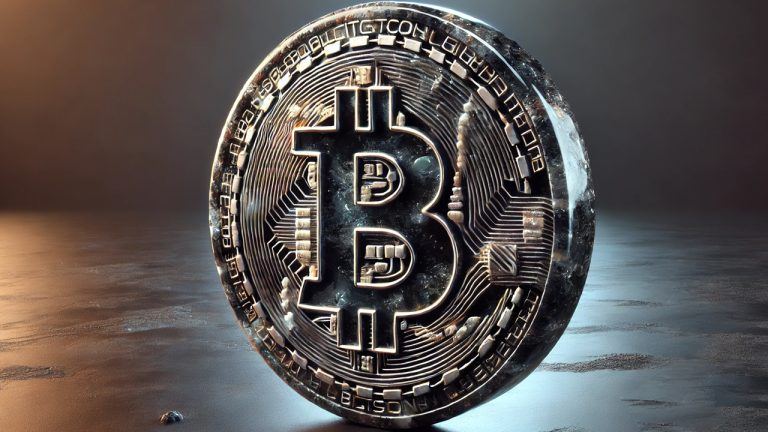
The Terraform Labs co-founder had been awaiting extradition to either the United States or South Korea after being arrested and charged in Montenegro.
Terraform Labs co-founder Do Kwon will reportedly be extradited to the United States rather than South Korea to face criminal charges.
According to a Dec. 7 Wall Street Journal report citing people familiar with the matter, Justice Minister Andrej Milovic in Montenegro plans to grant U.S. officials’ request for extradition. Kwon was arrested in Montenegro in March and sentenced to four months in prison for using falsified travel documents. He has also been charged in the U.S. and South Korea for his alleged role in the collapse of Terraform Labs.
Milovic reportedly said the announcement would be made public “in a timely manner.” If extradited to the United States, Kwon faces eight charges, including commodities fraud, securities fraud, wire fraud, and conspiracy to defraud and engage in market manipulation related to his time at Terra. The U.S. Securities and Exchange Commission also charged Kwon with “defrauding investors in crypto schemes” in February.
















